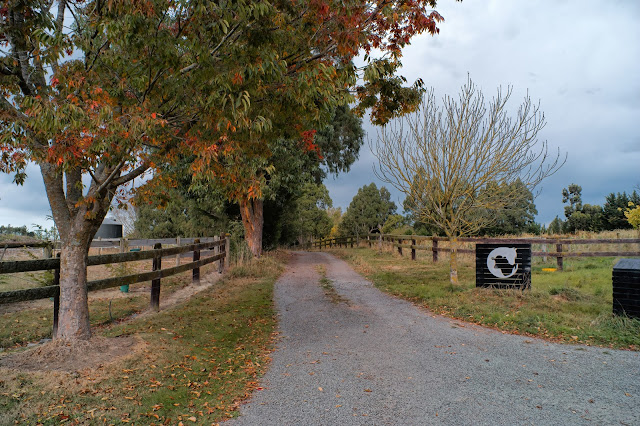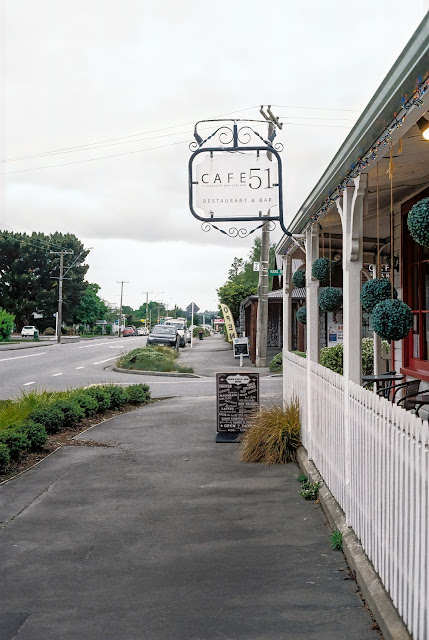The 7 Artisans 18mm f6.3 "UFO lens" arrived yesterday. Like the Pergear 10mm fisheye before it, this is another $69 lens that comes with low expectations and plenty of opportunities to impress.
 |
| The 7 Artisans "UFO" lens (after 'stealthing') |
 |
| Distortion seems to be minimal or non-existant |
It's a very compact and solid lens and, like the Pergear 10mm fisheye, it's a fixed aperture - f6.3. Also, like the Pergear, it works well with the camera set to auto shutter speed and auto ISO - it turns the X-E3 into a high-quality point-and-shoot which is great for a very compact, pocketable, walk-around camera and lens combo. It has a fixed focus, extending from about 1m to infinity.
 |
| Fixed focus down to about 1m |
With its completely meaningless, white, clock-face markings it's rather a gaudy looking thing; something I remedied with a couple of minutes and a black permanent marker. In this new, 'stealth', mode it looks very discrete on the X-E3.
The first batch of photos from this lens was impressive. 18mm gives about a 90-degree field of view - almost half that of the Pergear 10mm, and noticeably wider than the Fuji 27mm f2.8 lens. So, between the three lenses, the UFO lens occupies a sweet spot in the middle.
 |
| Soft corners visible to pixel peepers |
So, what's the verdict with this lens? Well, it's not perfect but it is good enough. Good enough to make pictures with nice image quality - which, at the end of the day, is what it's all about. But the real reason for this lens existing is convenience and price. Attached to the X-E3, it conveniently fits in a pocket, conveniently requires no settings, and in public, conveniently looks about as intimidating as a Gummy Bear. For $69 what's not to like?
Note: These photos are NOT straight out of the camera. They are uncropped, but have all been processed to remove vignetting and provide a standard 'look'.


